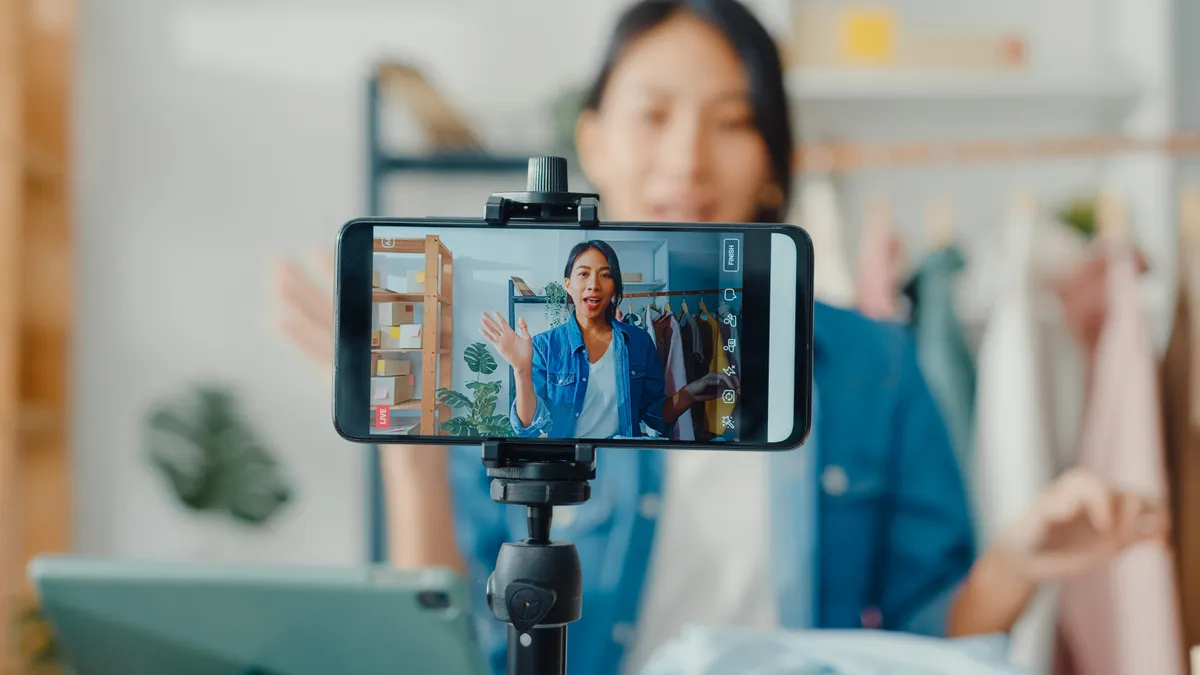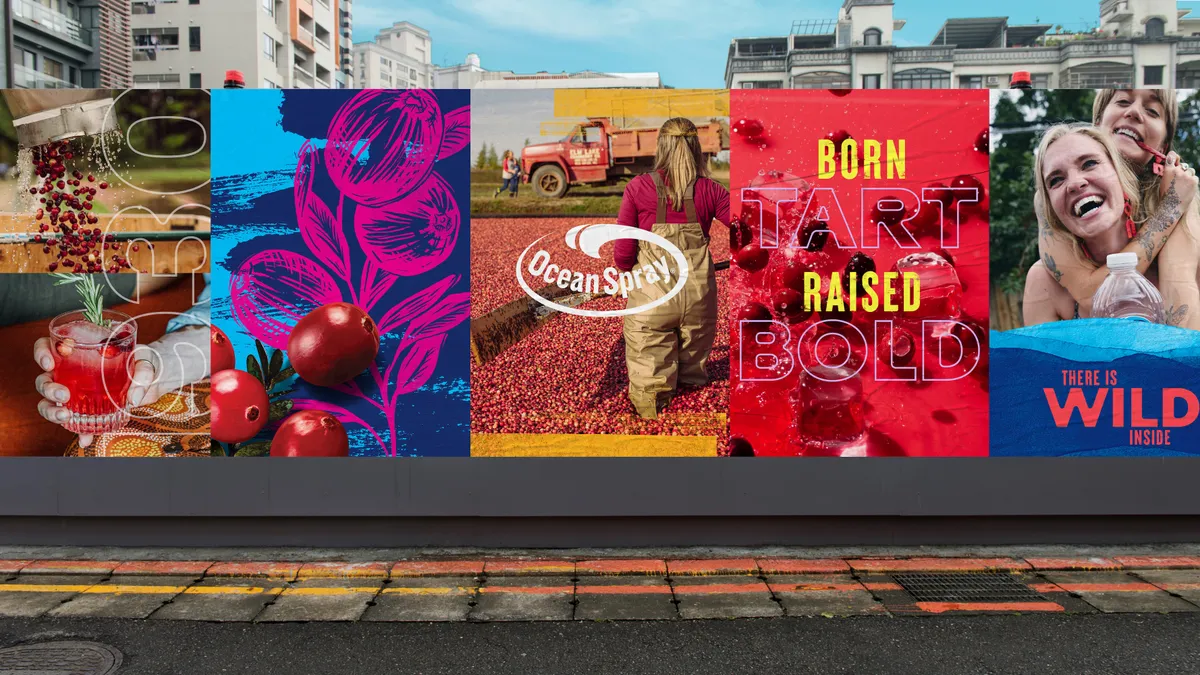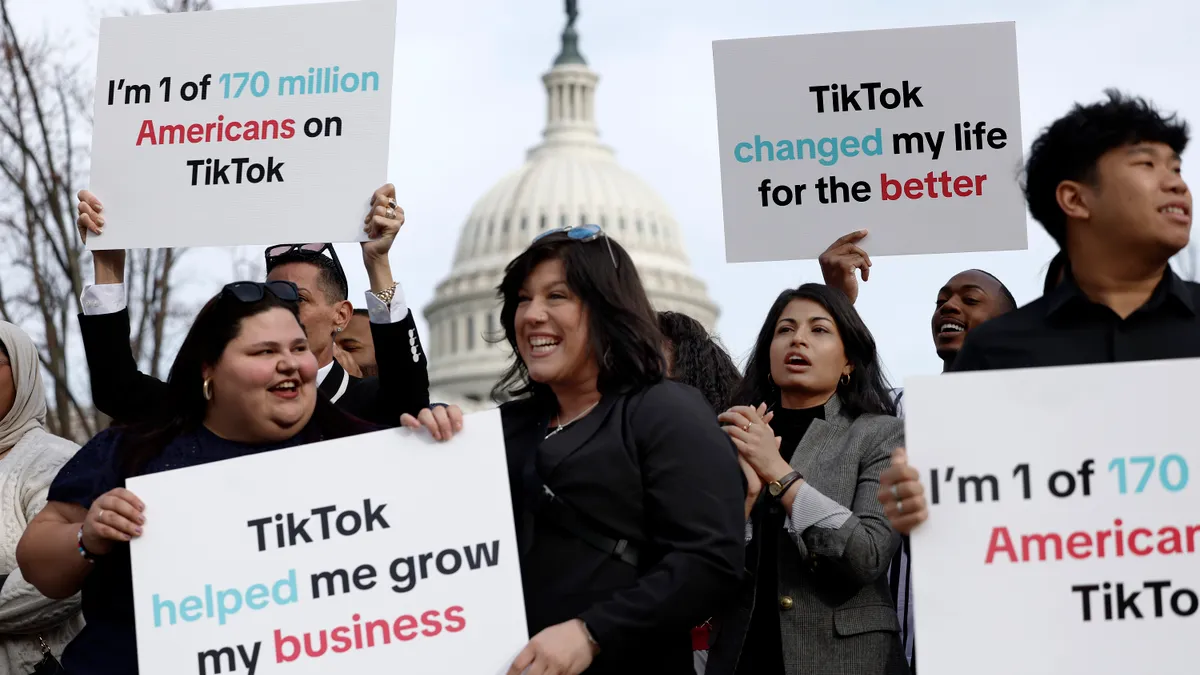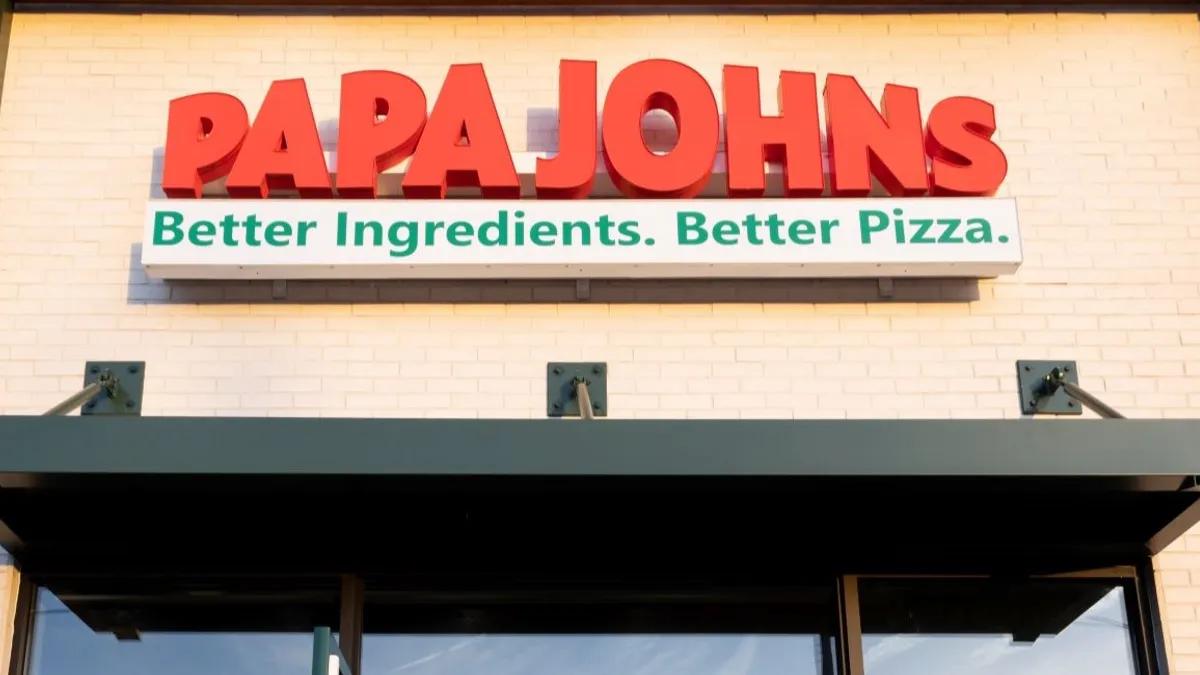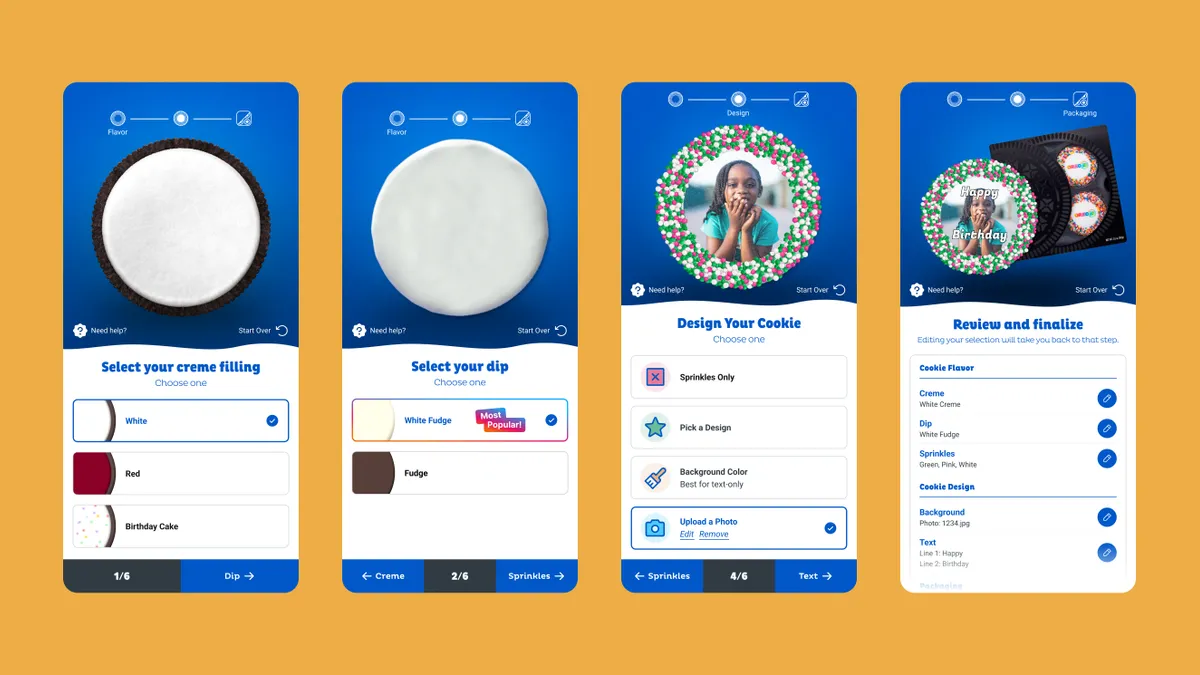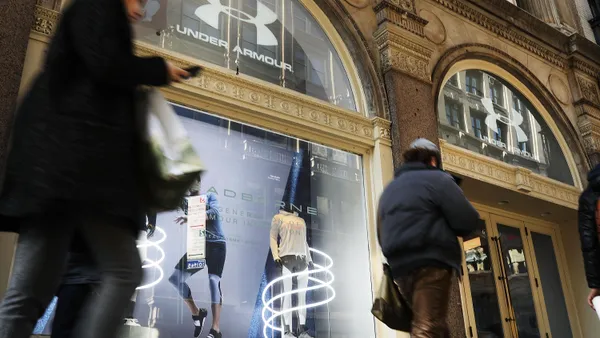The following is a guest piece by Lauren Carey, an associate at Lewis Rice LLC. The opinions expressed are those of the author and do not necessarily reflect the views of Lewis Rice LLC. This piece is for general information purposes and is not intended to be and should not be taken as legal advice.
On June 29, 2023, the Federal Trade Commission (FTC) released an updated version of its Guides Concerning the Use of Endorsements and Testimonials in Advertising (Endorsement Guides), along with updated Endorsement Guides FAQs, to address, among other things, social media influencer marketing.
Influencers have an ability to connect brands with their target audiences in a way that is more impactful, intentional and authentic than any other advertising medium. Think about it: In which of the following scenarios are you more likely to make a purchase?
- You are flipping through a catalog for a clothing brand and a cute swimsuit catches your eye.
- You are scrolling Instagram when your favorite influencer/virtual BFF pops on stories to try on the same swimsuit. The influencer shows you all the angles, colors and styles, gives you a direct link to buy and a unique discount code.
If you are a millennial (hi, it’s me) or Gen Z, it is a safe bet you picked the second scenario.
That said, many influencers gain the trust and loyalty of their followers through organic – think non-sponsored – content such as ask me anything (AMA) question boxes, monthly engagement giveaways, get ready with me (GRWM) videos, to be read lists (TBR) and more. As you might imagine, the line between organic and sponsored content can easily become blurred, like when a GRWM video includes a mix of products that were purchased and gifted. This is where the Endorsement Guides come in.
The Endorsement Guides provide guidance on what practices may be unfair, deceptive or in violation of the FTC Act. With respect to influencer campaigns, the Endorsement Guides include a set of guardrails for brands, influencers and other intermediaries such as ad agencies and public relations firms involved in the dissemination of sponsored content. Below are several key updates that influencers and brands should be aware of.
When is a disclosure required?
When there is a material connection between an influencer and a brand and that connection is not reasonably expected by the viewers of a sponsored post, the connection must be disclosed. In other words, if a significant minority of viewers would not understand or anticipate the connection, then disclosure is required. This standard is not a clear one, so when in doubt, err on the side of making a material connection disclosure. These types of connections may impact the weight or credibility that a viewer gives the influencer’s opinion of the product.
Tip: The material connection disclosure requirement applies to all influencers, from side-hustle nano influencers with 500 followers to mega influencers with more than 1 million followers. Do not wait until you go viral to learn the rules.
A material connection disclosure does not need to include every detail of the relationship but must clearly communicate the nature of the connection so viewers can evaluate its significance. While the FTC did not prescribe magic language for this purpose, the following disclosures, if presented clearly and conspicuously (more on this below) are generally acceptable:
- Ad:
- Paid ad
- #ad
- Advertising:
- Advertisement
- Sponsored by XYZ
- Promotion by XYZ
Tip: An influencer’s unique discount code for a brand’s products is not a sufficient material connection disclosure. While it may convey that there is a connection between the influencer and the brand, it does not necessarily show that a financial relationship exists.
Where should the disclosure be?
In general, a material connection disclosure must be “clear and conspicuous.” In other words, per the Endorsement Guides, the disclosure must be “difficult to miss (i.e., easily noticeable) and easily understandable by ordinary consumers.” This will look different for various posting formats. For example, if the endorsement is made through visual means (e.g., an image), the disclosure should be made at least visually (e.g., superimposed over the picture or in the caption). If the endorsement is made audibly (e.g., talking about a product on stories), the disclosure should be made at least audibly (e.g., state the disclosure verbally), although both visual and audible disclosure are preferable.
A platform’s built-in disclosure tools may not be sufficient for purposes of disclosing a material connection in a clear and conspicuous manner. In determining whether a built-in disclosure is clear and conspicuous, the FTC will consider several key factors: placement (should be difficult to miss), readability (should be easy to read in contrasting font) and clarity (should be straightforward wording). Exercise caution before relying solely on built-in disclosure tools. If insufficient, the influencer or brand may be on the hook, not the platform.
Tip: If a brand is sponsoring a series of posts, an appropriate material connection disclosure should be included with each post. An influencer cannot assume that viewers will read more than one of their posts and associate them with each other.
How can brands monitor compliance?
According to the Endorsement Guides, advertisers are subject to liability for misleading or unsubstantiated statements made through endorsements or for failing to disclose unexpected material connections with influencers. A brand may be liable for a deceptive endorsement even if the influencer is not.
To ensure compliance with the Endorsement Guides, brands should have reasonable programs in place to train and monitor their influencers. The FTC notes that, “[w]hile not a safe harbor, good faith and effective guidance, monitoring, and remedial action should reduce the incidence of deceptive claims and reduce an advertiser's odds of facing [an FTC] enforcement action.”
Tip: Sponsored posts that are short-lived (e.g., stories) are difficult for brands to monitor in real time. Consider adding a pre-approval process to your brand’s monitoring program, particularly for these types of posts.


